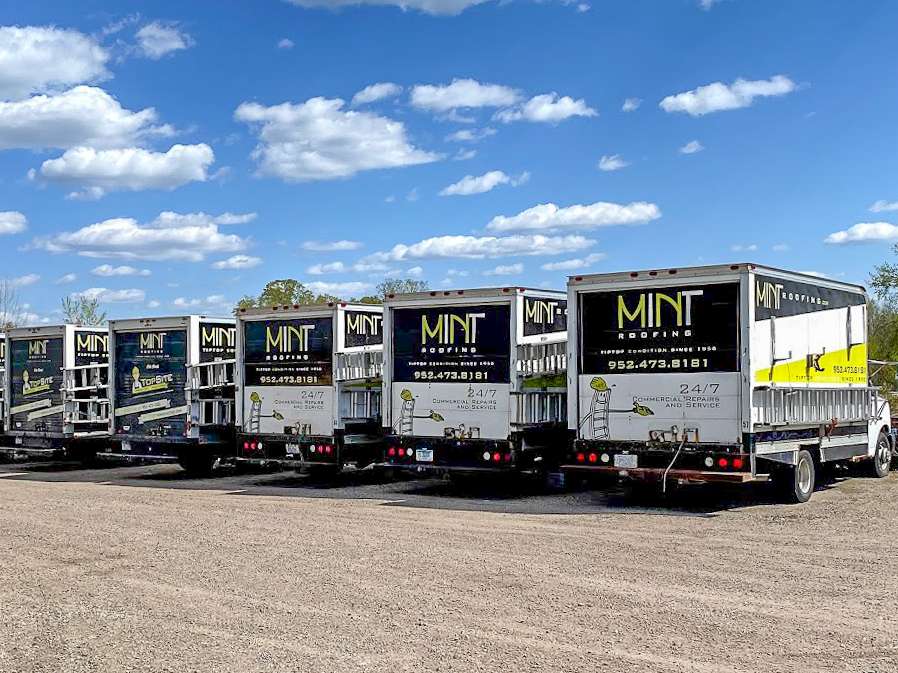The 6 Leading Causes of Commercial Roof Damage.
Being aware of the causes of commercial roof damage can help prevent the expense and business disruption of a damaged, leaky roof. If you are a building owner, Property Manager, or Facilities Manager, chances are you have had to deal with a leaky roof at some point in your career.
The age-old expression, “An ounce of prevention is worth a pound of cure,” couldn’t be more true when it comes to commercial roofs. Routine maintenance is your best defense against costly repairs and helps prolong the life of your commercial roof.
Catching the warning signs early on enables you to perform simple, routine repairs before they become critical.
Below are five of the most common causes of commercial roof damage that we see every day:
1. Standing Water
If you notice standing water after a rainstorm that doesn’t seem to flow anywhere, you should contact us to set up an inspection immediately.
Pooled or standing water is always a cause for concern. It could be a sign of a breakdown in your roof’s structure, an issue with the original construction slope, a clogged drainpipe, or even a problem with your HVAC system.
Over time pooled water will lead to deterioration of roofing materials and will try hard to find a way down into your building.
2. Faulty Flashing or Pitch Pans
Flashing is the metal material that lines the perimeter of your roof. It provides a seal that helps hold accumulating water when rainfall or snowmelt exceeds the drain systems’ ability to keep up. Pitch pans are placed around the roof to seal any pipes or conduits that penetrate the roof surface.
When flashing or pitch pans are installed incorrectly or have endured years of freeze/thaw cycles, they are susceptible to developing openings that provide a pathway for standing water to enter your building.
3. Wind Damage
While it doesn’t seem like the wind would have much of an effect on flat commercial roofs, it can actually cause significant damage.
Newer roofs and those that have had regular maintenance are not as likely to experience wind damage. The exception would be if high or sustained winds caused some structural member to blow over or fall on the roof, penetrating the waterproof membrane.
Older roofs and roofs that are not regularly inspected and maintained can encounter catastrophic damage from high or sustained winds. Improper roof construction can also leave your commercial roof vulnerable to wind damage.
Wind can put stress on the flashing while creating lift from pressure buildup inside the building. These forces combine to cause cracks and breaks that will no longer hold water.
Strong winds are also notorious for blowing the vent caps off chimney pipes, leaving them open for the rain to enter your building easily.
4. Roof Punctures
Commercial roofs are designed to withstand years of weather and foot traffic, but sometimes your roof membrane can be damaged, leading to leaks and costly repairs.
One of the more common causes is having HVAC, plumbing, electrical, or even sign contractors working on your roof. Unfortunately, they aren’t always as careful as they should be and can cause damage by dropping heavy objects on your roof.
They may damage flashing or pitch pans without even realizing it. We recommend always having your roof inspected by a MINT Roofing professional after ANY contractors work on your roof.
5. Winter Weather
Heavy snow accumulation and ice dams can cause commercial roof damage in several ways. The weight of the snow can exceed the roof’s load-bearing capacity, leading to roof collapse or structural damage.
As accumulated snow melts, ice dams can form, preventing melting snow from draining properly and causing water to back up under the roofing materials. This can result in leaks, mold growth, and other damage to both the roof structure and the building interior.
Additionally, repeated freezing and thawing of snow and ice can cause the roofing materials to deteriorate over time, leading to cracks, splits, and compromised membrane integrity.
6. Lack of Maintenance
Routinely inspected commercial roofs tend to be the roofs with the fewest repairs. Annual inspections help catch issues when they are small and easy to fix.
As commercial roofs age, they should be inspected more frequently to give you the longest possible life before they need replacement. Our TopSite maintenance program keeps you on top of your roof’s condition and ahead of problems.
Schedule your roof inspection today!
If you’re concerned about the integrity of your roof, call us to schedule a professional inspection today. Our experienced commercial roof inspectors will give you a full report on its condition and recommend ways to extend its life.
That ounce of prevention is just a phone call away!
Phone: 952-473-8080 24-Hour Line: 952-473-8181 Email: info@mintroofing.com



